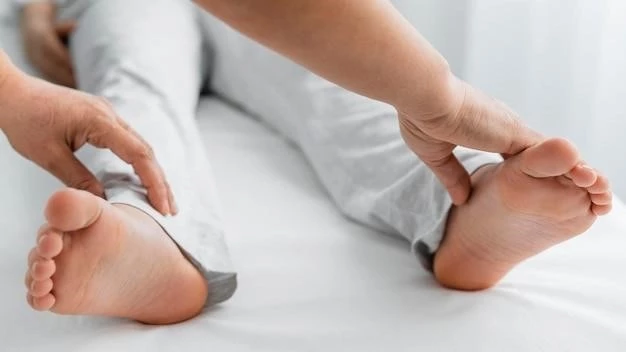Introduction
Patau syndrome, also known as trisomy 13, is a rare chromosomal condition characterized by the presence of an additional copy of chromosome 13. It leads to severe intellectual and physical abnormalities, affecting various aspects of a person’s development.
Definition of Patau Syndrome
Patau syndrome, also known as trisomy 13, is a rare chromosomal disorder caused by the presence of an extra copy of chromosome 13 in some or all of the body’s cells. This genetic condition leads to various physical and cognitive abnormalities, impacting the overall development and health of affected individuals.

Causes and Risk Factors
Patau syndrome, also known as trisomy 13, is caused by an additional copy of chromosome 13. The main reason behind this genetic condition is still unknown. Chromosomal mutations can occur at various stages of fetal development, leading to the presence of an extra chromosome 13.
Genetic Mutation Leading to Trisomy 13
Patau syndrome, also known as trisomy 13, is characterized by an extra copy of chromosome 13 in some or all cells, leading to severe abnormalities. The exact cause remains unknown, with mutations potentially occurring during various stages of fetal development.
Symptoms and Clinical Presentation
Patau syndrome manifests with severe physical abnormalities like cleft lip, brain malformations, and heart defects. Patients may exhibit cognitive impairments, polydactyly, and other distinctive features, impacting their overall health and development.
Patau syndrome, also known as trisomy 13, is characterized by a wide range of physical abnormalities such as cleft lip, cerebral defects, and polydactyly syndrome. Patients may exhibit intellectual disabilities, heart defects, and craniofacial malformations, impacting their health and overall well-being.
Diagnosis and Testing
Patau syndrome can be diagnosed prenatally or at birth. Diagnostic genetic testing, like chorionic villi sampling, can confirm the presence of an extra chromosome 13. Screening tests using maternal blood samples can also indicate a high risk for trisomy 13.
Physical and Cognitive Characteristics
Patau syndrome, also known as trisomy 13, presents with a variety of physical features like cleft lip, cerebral defects, heart malformations, and polydactyly. It also affects cognitive abilities, leading to intellectual disabilities, craniofacial anomalies, and other significant characteristics that impact the individual’s health and development.
Treatment and Management
Treatment for Patau syndrome focuses on managing the symptoms present in affected individuals as there is no cure for the extra chromosome 13. Recent studies aim to improve the quality of life and lifespan of those with Patau syndrome through various treatment approaches.
Approaches to Address Symptoms
Treatment for Patau syndrome focuses on managing the various physical and cognitive symptoms that individuals may experience. Current approaches aim to improve quality of life and address specific issues like heart defects, craniofacial malformations, intellectual disabilities, and other challenges associated with this genetic disorder.
Prognosis and Survival Rate
Patau syndrome, also known as trisomy 13, is associated with a limited lifespan, with most affected individuals not surviving beyond the first year. Mosaic trisomy 13, a less common form, may lead to longer survival, albeit with challenges like central nervous system malformations and cardiac defects.
Expected Lifespan and Quality of Life
Individuals with Patau syndrome, also known as trisomy 13, have a limited lifespan, with most not surviving beyond the first year. Mosaic trisomy 13, a rare form, may lead to longer survival but with challenges such as central nervous system malformations and cardiac defects. The condition is associated with severe intellectual and physical abnormalities, impacting the quality of life and requiring specialized care throughout their lives.
Research and Advancements
Recent studies focus on enhancing the quality of life and survival rates of individuals with Patau syndrome; New advancements aim to address physical and cognitive challenges, improving management strategies and supporting affected individuals and their families.
Recent Studies on Trisomy 13
Recent advancements in understanding and managing Patau syndrome, also known as trisomy 13, aim to improve the quality of life and overall care for individuals affected by this chromosomal abnormality. Research focuses on developing personalized treatment strategies and addressing the complex physical and cognitive challenges associated with the condition.

Support and Resources
Support resources for Patau syndrome offer assistance to families dealing with this rare genetic disorder. These resources provide information, guidance, and emotional support to navigate the challenges associated with the condition.
Assistance Available for Families
Families dealing with Patau syndrome can access support services and resources aimed at guiding them through the challenges associated with this genetic disorder. These resources offer information, emotional assistance, and practical guidance to help families cope with the complexities of caring for individuals with Patau syndrome.
